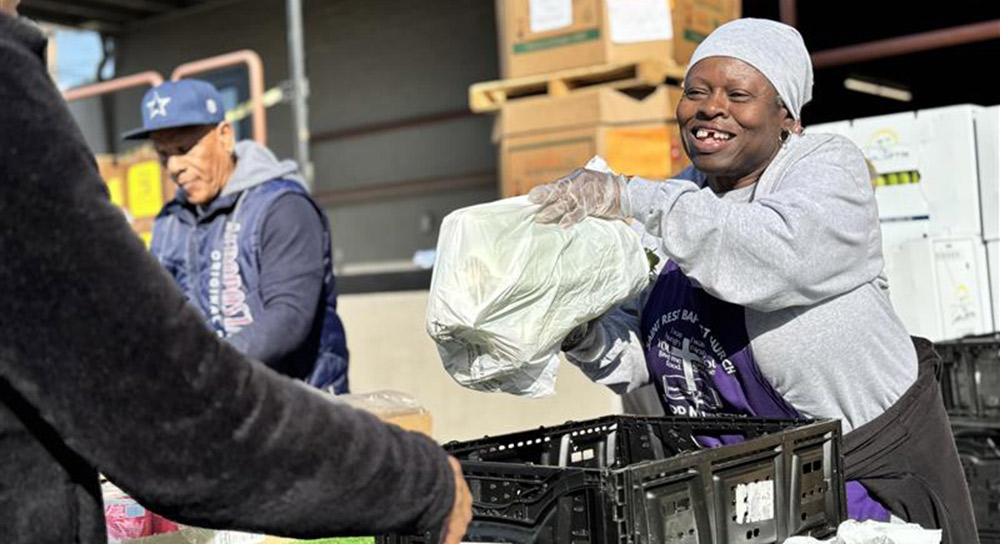Traveling with your baby in a car seat starts the minute you leave the hospital, and for a very good reason: Every year, thousands of children in the U.S. are killed or injured in motor vehicle crashes. According to the Centers for Disease Control and Prevention (CDC), 38% weren’t safely buckled.
However, the same data set shows that the proper use of car seats reduces the risk for injury by 71-82%. For kids who are not in a car seat, wearing their seat belts properly reduces their risk of injury or death by 50%.
Whether you're dropping the kids off to day care, taking them on errands or picking them up after school, take a few minutes to make sure your car seats match your child’s age, are correctly installed and your child is properly secured.
The right seat for your child’s age, size
As children grow, the appropriate type of car seat they need will change. “Remember car seats will need to grow and change as your child does. Know how to properly use the seat … so you can make sure your kids are safe in the car at every age,” said Eliana Troncale, injury prevention outreach specialist, Community Regional Medical Center.
New parents, be sure to read the directions that come with your seat and try it in your car before buying – not all car seats fit in all vehicles.
The seat you use must fit your child’s current age and in some cases size, such as:
-
0-4 – Use a rear-facing car seat in the back seat and make sure to put your child in properly. “The chest clip should be at armpit level and the harness is pulled nice and tight,” said Troncale. In California, a child under 2 (or under 40 lbs/40”) must be in a rear-facing seat, she noted.
-
5-8 – You can use forward-facing car seats once your child passes the height or weight limit for a rear-facing car seat. Your child should not be able to stick their arms through the shoulder straps. When in doubt, do the “pinch test,” said Troncale. “You should not be able to pinch up any of the harness; it should be nice and snug.”
-
8 or older/4’-9” or higher – Children this age and size can transition to a booster seat. You’ll want to be sure the seat belt is snug, resting on the top of the child's thighs, and resting flat against the chest. Seat belts should not be twisted or resting on your child’s neck or face.
When your child is 12 or older (depending on height and weight), they can transition to using a seat belt. However, you’ll still want to have them sit in the back if you have front-seat airbags.
Never leave kids in a car, parked or running
You should never leave your little one in the car — not even for a second.
Regardless of the temperature outside, the heat within a car can rise up to 125 degrees within 10 minutes, even if you lower the windows a little bit.
A running car poses dangers too. A restless child might try to follow you and get caught in the seatbelt, stuck in the window or bump into the gear shift and accidentally put the car in motion. And, sadly, a child alone in a car could attract someone who wants to abduct a child or steal your car.
In California, it's illegal to leave your child alone in a car under any circumstances. If you encounter a child alone in a car, call 9-1-1 immediately.
Tips for helping kids stay buckled up
For those with particularly curious kids, a frank conversation about seat belt/car seat safety might be needed. Here are some tips:
-
Remind them to stay buckled and set a good example – If your kids see you and other individuals in the car using their seat belts safely, they are likely to follow.
-
Keep a small toy or electronic device in the car to occupy them – You’ll want to be sure these items are light and soft so that if they're dropped or thrown they don’t injure you or others.
-
If there’s a question, pull over and stop the car – When in doubt, pull over to a safe location and ensure your kids are buckled up properly. This will reinforce how important you think it is for them to be safely seated and buckled.
-
Consider a seat belt lock – With a lock, you’ll be able to still remove the belt quickly in case of an emergency, but tiny hands will not be able to accidentally release it.





